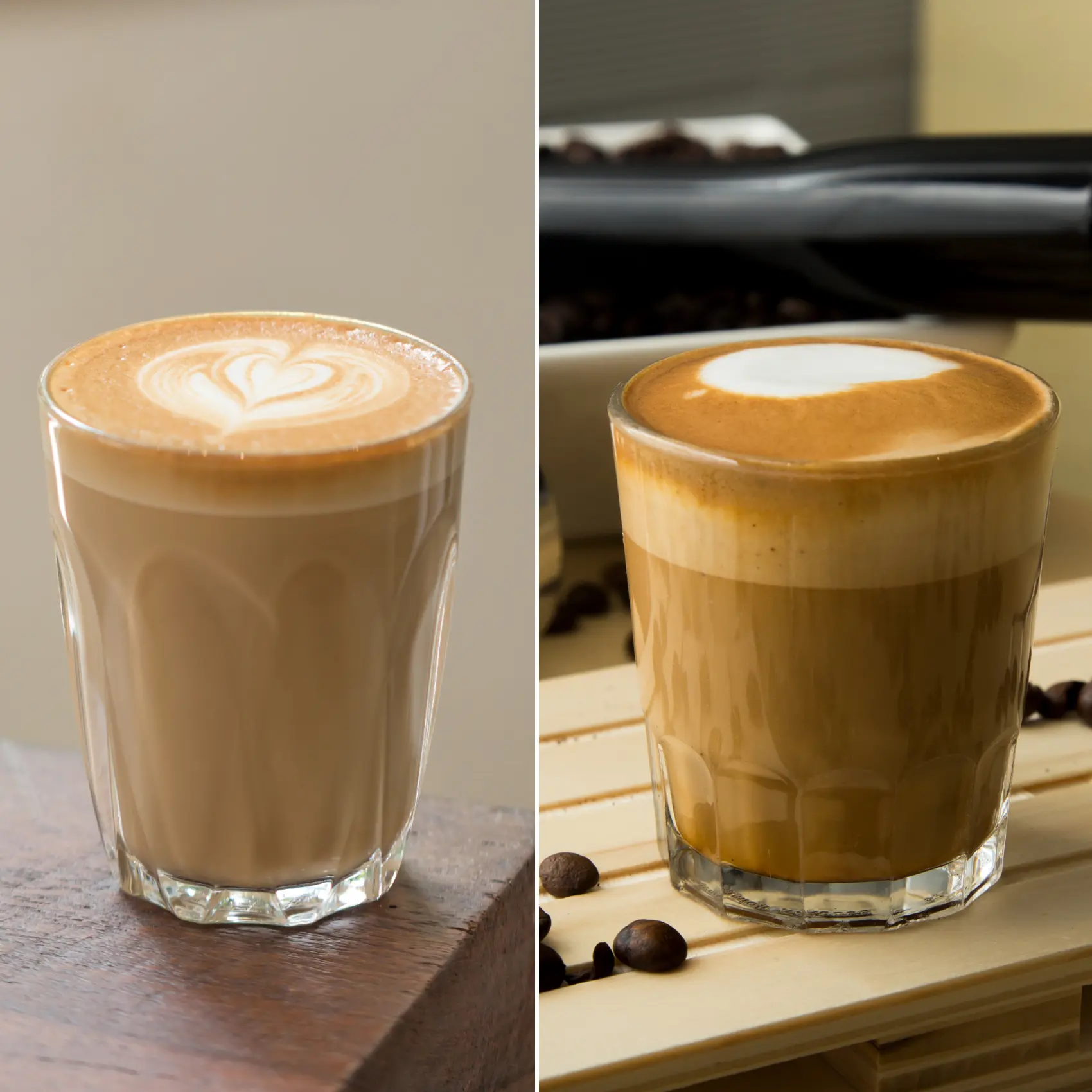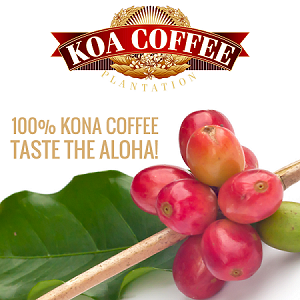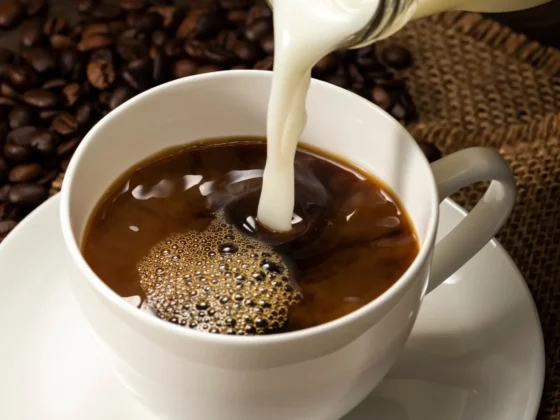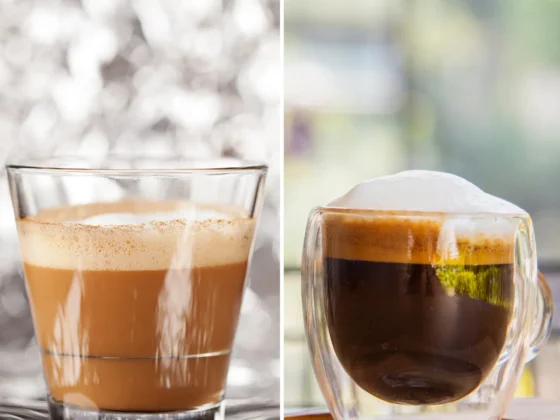Welcome to the aromatic world of espresso-based drinks, where every sip is a testament to the coffee culture’s rich diversity. Today, we delve into the nuances of two beloved beverages in the coffee connoisseur’s lexicon: the Piccolo and the Cortado. Though both share espresso as their foundation, the journey from bean to cup takes these drinks down distinct paths of taste and tradition. This article will explore the Piccolo vs Cortado debate, a showdown of flavor, texture, and coffee craftsmanship, shedding light on what sets these two apart and perhaps, which one might earn the favored spot on your coffee break menu. Whether you’re a seasoned barista or a curious coffee enthusiast, join us as we unravel the subtleties that define these espresso marvels.
Not in the mood for reading? Tune in to the audio version of the article below.
- Introduction & Key Differences
- https://app.mysoundwise.com/tracks/16995594056849099e.mp3
- What is a Piccolo?
- https://app.mysoundwise.com/tracks/16995595365201995e.mp3
- What is a Cortado?
- https://app.mysoundwise.com/tracks/16995596495563452e.mp3
- Flavor Profile Comparison
- https://app.mysoundwise.com/tracks/16995596957326511e.mp3
- The Art of Creating a Perfect Piccolo
- https://app.mysoundwise.com/tracks/16995597416799551e.mp3
- Crafting the Ideal Cortado
- https://app.mysoundwise.com/tracks/16995597847618896e.mp3
- Serving Styles and Presentation
- https://app.mysoundwise.com/tracks/16995598458363489e.mp3
- Unique Piccolo Variations to Try
- https://app.mysoundwise.com/tracks/16995598897051736e.mp3
- Exploring Cortado Variations
- https://app.mysoundwise.com/tracks/16995599352737021e.mp3
- Conclusion & FAQs
- https://app.mysoundwise.com/tracks/16995599948947156e.mp3
Cortado vs Piccolo: Key Differences
- Essential Differences: The key takeaway is the understanding of the primary differences between a Piccolo and a Cortado. A Piccolo typically consists of a smaller ratio of milk to espresso, leading to a stronger coffee flavor, while a Cortado offers a more balanced interaction between the milk and espresso.
- Cultural Origins: The article highlights the cultural backgrounds that have shaped each beverage. The Piccolo, with its roots in Australia, contrasts with the Cortado, which has a rich history in Spain and Latin America.
- Flavor Profiles: Readers gain insight into the distinct flavor profiles of each drink. The Piccolo leans towards a bold and sweet taste due to the high espresso-to-milk ratio, whereas the Cortado provides a smoother and more harmonious blend of the two components.
- Preparation Techniques: Another significant point is the technique involved in preparing each drink. The article describes how the milk is steamed and the espresso is brewed, affecting the overall flavor and presentation of the Piccolo and Cortado.
- Personal Preference and Variations: Lastly, the article encourages readers to consider their personal taste preferences and explore the various adaptations of each drink. It touches on how regional variations and personal modifications can tailor a Piccolo or Cortado to suit individual palates, suggesting that the best choice between a Piccolo vs Cortado may come down to personal preference.
What is a Piccolo?
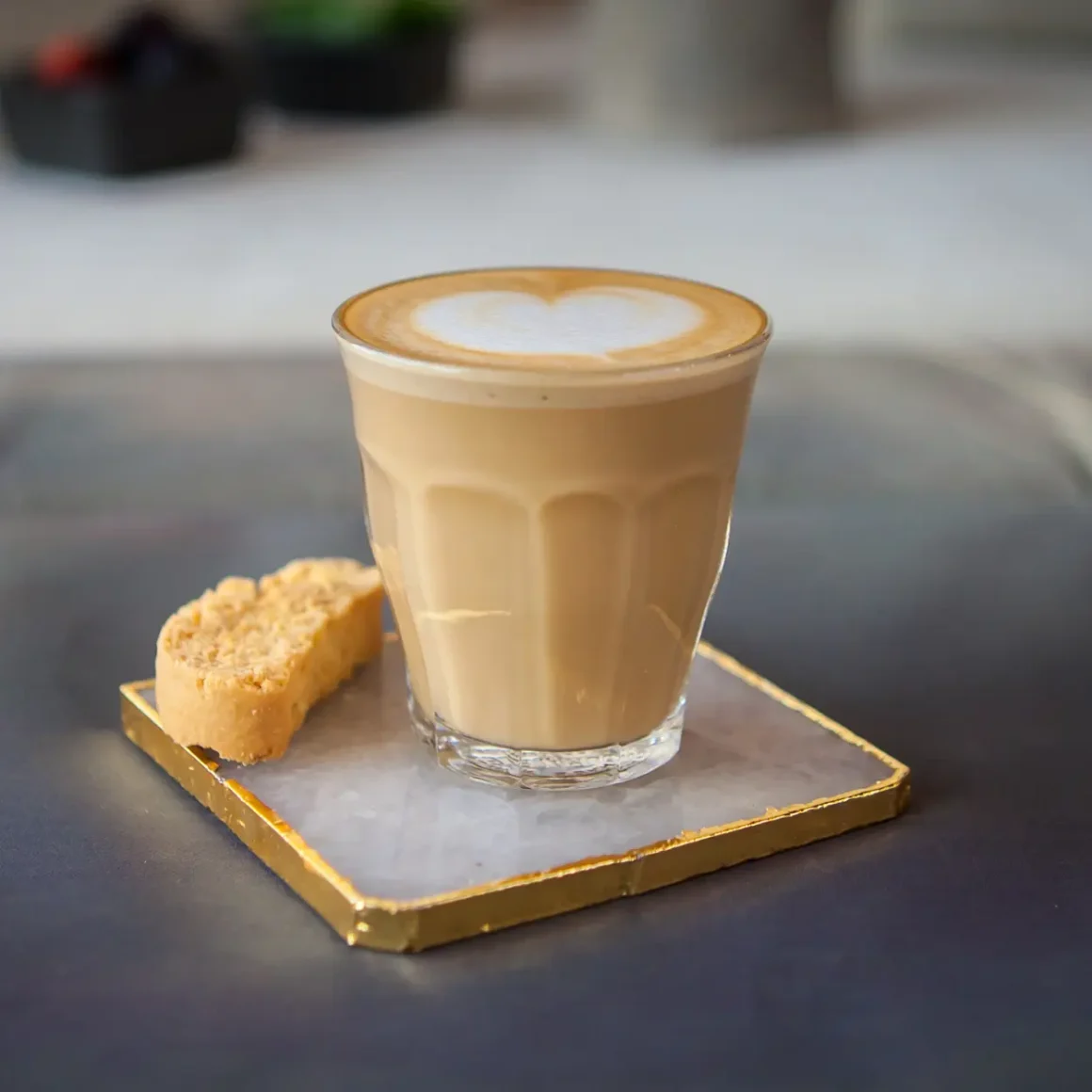
Coffee piccolo is a small beverage that offers a rich and satisfying experience for coffee lovers. It combines a concentrated espresso shot with a touch of warm, frothy milk, resulting in a drink that’s bolder than a latte but more mellow than a straight espresso. Here’s what sets the Piccolo apart:
- Size: The Piccolo is served in a tiny glass, making it a perfect choice for a quick coffee break that doesn’t overwhelm with volume.
- Flavor: With its direct espresso taste softened by creamy milk, it provides a harmonious blend of strong and smooth flavors.
- Caffeine Kick: It has a caffeine content that’s higher than a regular espresso shot by volume, offering a noticeable pick-me-up.
- Popularity: This drink has a dedicated fan base, particularly among those who appreciate nuanced coffee profiles.
Piccolo coffee is ideal for those seeking the essence of the best coffee experience in a compact form. It’s a drink where quality takes precedence over quantity, offering a sophisticated taste in just a few sips.
What is a Cortado?
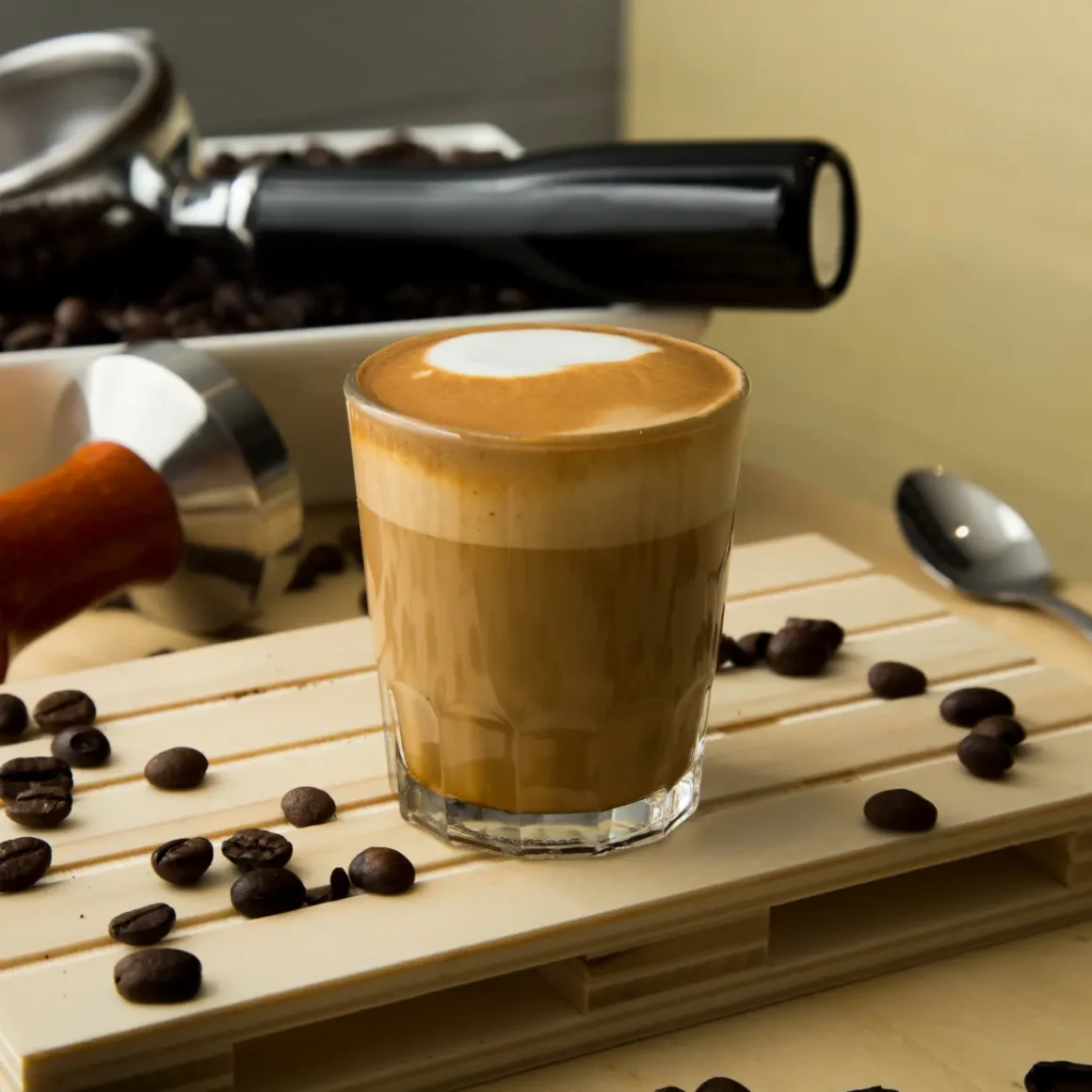
A Cortado is a beloved coffee drink that finds its origins in Spain and has since garnered an international following for its well-balanced combination of espresso and steamed milk. The key to understanding a Cortado lies in its name, derived from the Spanish verb “cortar,” meaning “to cut.” In the context of the drink, it refers to the way the milk “cuts” through the espresso’s acidity and intensity. (1) Here’s what sets it apart:
- Size: This drink is typically served in a small cup, offering a modest portion that’s ideal for savoring the coffee’s richness without the bulk of a larger beverage.
- Taste: A Cortado offers a taste that is robust yet not too strong, thanks to the milk’s tempering effect on the espresso’s bitterness.
- Simplicity: It’s usually enjoyed in its pure form, with no extra flavors or sugar, highlighting the coffee’s quality.
- Adaptability: While cortado coffee has traditional roots, it’s widely available in many coffee shops, often with slight variations to cater to different preferences.
Cortado coffee is perfect for those who enjoy the essence of espresso with a touch of creaminess, all in a compact and satisfying package.
Piccolo vs Cortado: Flavor Profile Comparison

When exploring the world of coffee, the experience often comes down to a personal preference for flavor. The rich tapestry of tastes offered by different coffee preparations can cater to a wide variety of palates. In the specialty coffee scene, two drinks that stand out for their distinctive flavor profiles are the Piccolo and the Cortado. Each brings a unique sensory experience, defined by the delicate interplay between espresso and milk.
Piccolo’s Flavor Profile
Piccolo coffee stands out in the coffee world for its distinctively robust and yet harmoniously sweet profile. It is a drink for those who revel in the full-bodied flavor of espresso but appreciate the subtle influence of milk.
Sweet and Strong: Piccolo’s Signature Flavors
- Intensity: What is a piccolo coffee? It’s a beverage that delivers an intense espresso experience, characterized by a strong, prominent coffee flavor that’s slightly tempered by the sweetness of the milk.
- Sweetness: The smaller amount of milk used in a Piccolo allows for a sweetness that does not overpower the espresso but complements it, creating a balanced and nuanced taste.
- Aftertaste: The aftertaste of a Piccolo tends to linger, with the potent notes of the espresso leaving a memorable impression on the palate.
Popular Variations of Piccolo
- Piccolo Mocha: This variation introduces the luxuriousness of chocolate, blending it with Piccolo’s espresso to create a bittersweet symphony, finished with a creamy layer of milk.
- Piccolo Vanilla: Adding a dash of vanilla syrup or extract transforms the classic Piccolo into a subtly sweet treat, with the vanilla’s warm tones elevating the coffee’s natural aromatics.
Cortado’s Flavor Profile
Cortado coffee brings forward a flavor that strikes a delightful balance between the intensity of espresso and the smoothness of milk, making it a go-to for those who seek a bold yet refined coffee taste.
Bold and Balanced: Cortado’s Flavor Spectrum
- Harmony: When asking what is a cortado, one finds it is a drink where the espresso’s boldness meets its match with the creaminess of milk, achieving a perfect equilibrium that pleases the palate.
- Complexity: The equal parts of espresso and milk in a Cortado create a complex flavor profile that is both rich and smooth, without any one taste overpowering the other.
- Mouthfeel: The texture of a Cortado is unique; the reduced foam allows for a denser mouthfeel than a frothy cappuccino, yet it’s creamier than a straight espresso.
Notable Cortado Variations
- Iced Cortado: Though less traditional, an iced version offers a cooler, more refreshing take on the classic, with a slightly diluted flavor profile due to the ice.
- Spiced Cortado: Some variations include a pinch of cinnamon or nutmeg, enhancing the drink with a warm spice that complements the bold coffee flavors.
Each of these coffee types, the Piccolo and the Cortado cater to those who appreciate a strong coffee base with the presence of milk. They differ in their ratios and the textures of milk used, resulting in individualized flavor profiles that have garnered their own sets of enthusiasts in the coffee community.
The Art of Creating a Perfect Piccolo
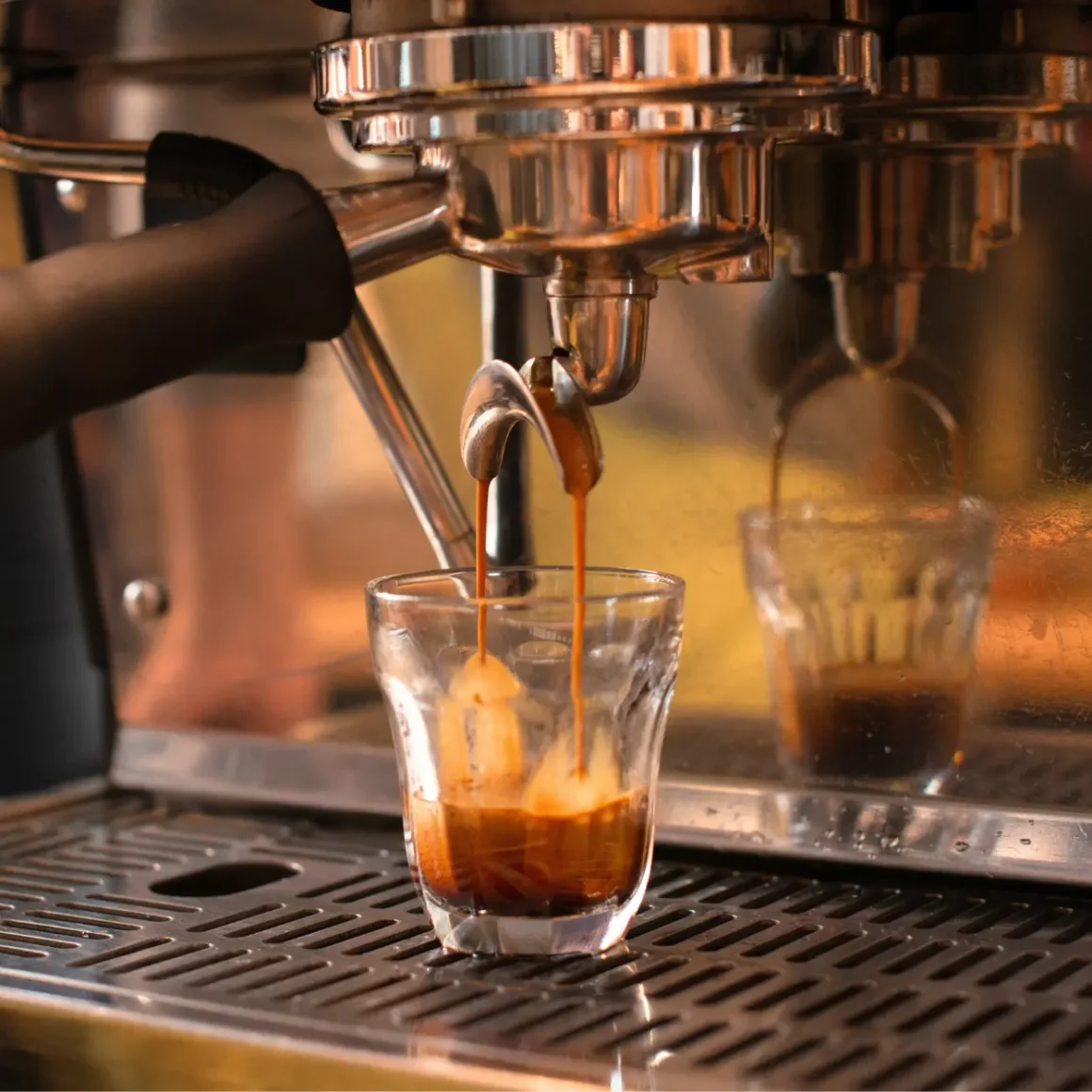
Crafting the perfect Piccolo is a nuanced art that combines the robustness of the best coffee with the delicate process of milk texturing and presentation. Unlike its counterpart, the Cortado, which leans towards a balanced harmony between milk and espresso, a Piccolo often involves a greater concentration of coffee to milk. Understanding the cortado vs piccolo is essential in appreciating their unique qualities. A Piccolo is indeed about precision and finesse, embodying the strength of espresso with a touch of milk softness.
How to Make a Piccolo
To learn how to make a Piccolo, one must start with the basics of espresso making and then proceed with the careful addition of milk.
- Espresso Preparation: Begin with a freshly pulled shot of espresso. Use a high-quality coffee bean to ensure the flavor is rich and robust.
- Milk Ratio: The milk ratio in a Piccolo is crucial. Typically, the amount is about 1:1, meaning equal parts espresso to milk. This is less than what would be used in a Cortado.
- Temperature Control: Heat the milk to the point where it’s warm but not scalding, usually between 60 to 65 degrees Celsius. Overheating the milk can ruin the subtle flavors.
- Pouring the Milk: With your milk heated to the correct temperature and frothed to smooth perfection, gently pour it into the espresso.
- Milk Integration: When pouring the milk, aim for the center of the espresso. The dense microfoam will push through the espresso, integrating it without disturbing the crema too much.
Tips for Frothing Milk
Achieving the perfect milk froth for a Piccolo is slightly different from the Cortado meaning, where milk texture leans towards a silkier, less frothy consistency.
- Use Fresh Milk: Fresh milk froths better. The proteins and fats are in their optimal state to create the perfect microfoam.
- Steam Pressure: Be gentle with the steam wand. You’re aiming for velvety microfoam rather than stiff peaks.
- Angle and Depth: Hold the jug at an angle and keep the steam wand just below the surface to introduce the right amount of air.
Mastering Latte Art with Piccolo
Although a coffee piccolo is traditionally served without the elaborate designs seen in larger milk-based coffees, the art of latte in Piccolo form can add a special touch to this compact beverage.
- Microfoam Consistency: For latte art, the microfoam milk must be smooth and free from large bubbles. The consistency should be such that it pours fluidly and integrates with the crema of the espresso.
- Pour Technique: Start with a high pour to let the milk penetrate the crema, then bring the spout closer to the surface as you wiggle to create your design.
- Practice: Like all forms of art, latte art takes practice. Start with simple designs and gradually work up to more intricate patterns.
Creating a Piccolo is not simply about following steps; it’s about engaging with the coffee, understanding how to make a piccolo, and experiencing the craft behind every pour. Each cup is a personal testament to the barista’s skill, offering a moment of pleasure for those who appreciate the finer details of espresso drinks.
Crafting the Ideal Cortado
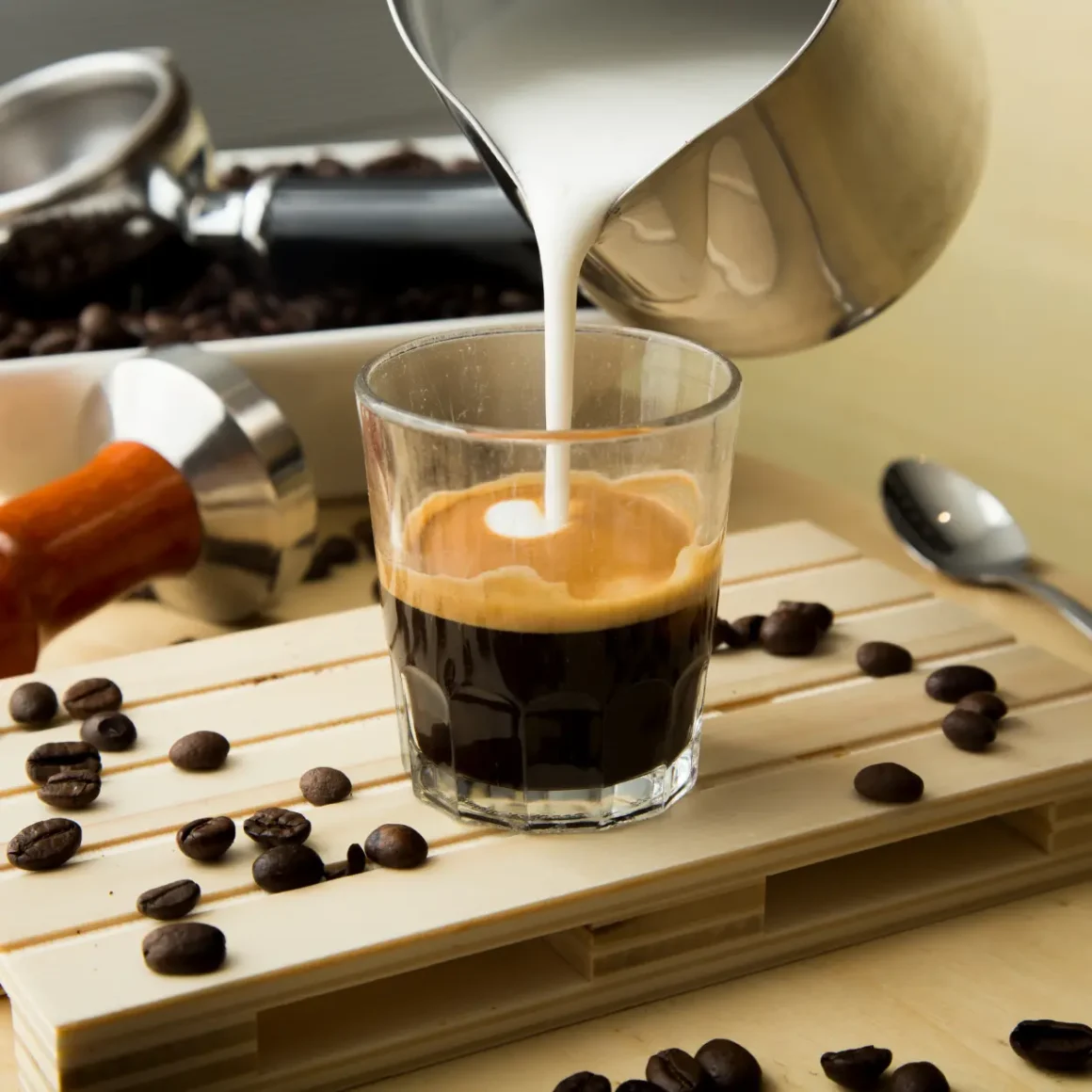
The Cortado has become a hallmark for coffee enthusiasts who appreciate the harmony of espresso softened with a whisper of milk. Unlike the more milk-prominent beverages in the coffee spectrum, the Cortado coffee offers a nearly equal representation of espresso and steamed milk, allowing the true nature of the coffee to shine while providing a texture that is velvety and soothing.
How to Make a Cortado
The journey of how to make a Cortado starts by understanding its constituents – finely-tuned espresso and carefully heated milk combined in a way that each sip offers the comfort of milk with the awakening zing of espresso.
- Double Shot Espresso: The foundation of a Cortado is a rich, double shot of espresso. This provides the necessary depth and intensity as a base.
- Milk Texture and Temperature: The milk should be steamed to the point where it has just a hint of froth and is heated to about 65 degrees Celsius. It should have a silky consistency without the volume of froth found in a latte or cappuccino.
- The Pour: Pour the milk over the espresso from a low height to ensure it folds into the espresso, creating a seamless blend without disturbing the crema excessively.
- Proportion: Aim for a 1:1 ratio of espresso to milk. This ensures that the milk complements rather than overpowers the espresso.
- Layering the Drink: After the milk is poured into the espresso, allow it to naturally settle for a few moments. This not only creates a visually appealing layer but also allows the temperature of the milk to adjust slightly to the heat of the espresso.
Balancing Espresso and Milk
The essence of the best coffee experience is often found in its balance. A Cortado is about achieving a symphony between two strong characters: the boldness of espresso and the smoothness of milk.
- Choosing the Right Bean: The coffee bean selection is pivotal. A well-roasted bean that offers a flavor profile ranging from citrusy and light to chocolaty and bold can define your Cortado’s personality. (2)
- Espresso Quality: The quality of the espresso shot is paramount. It should have a good crema and be neither under-extracted nor over-extracted.
- Milk to Espresso Harmony: The milk should complement the espresso, accentuating its body and sweetness. It’s not about masking the espresso but rather about enhancing its natural flavors.
Cortado Etiquette
While the preparation of a Cortado is relatively straightforward, the culture and etiquette surrounding its consumption add to the overall experience.
- Glassware: A Cortado is traditionally served in a glass to appreciate the layers before they mingle. The transparency of the glass showcases the craft behind the beverage.
- Sipping, Not Gulping: A Cortado should be sipped to appreciate the nuanced flavors. It’s a drink that invites you to savor, not consume hastily.
- No Sugar, Typically: Purists argue that adding sugar or flavors can overshadow the delicate balance between the espresso and milk. Enjoying it as is allows for an authentic taste experience.
In crafting the ideal Cortado, the aim is to respect each element, allowing the coffee to articulate its full story on the palate, supported by the understated role of the milk. It’s an exercise in precision, a modest nod to the craft of coffee making.
Cortado vs Piccolo: Serving Styles and Presentation
The art of serving coffee extends beyond the brewing process. It’s an essential part of the coffee experience that includes the choice of glassware, presentation, and the small details that can transform a simple cup of coffee into a memorable aesthetic and sensory experience. Both the coffee piccolo and cortado coffee have distinct serving styles that enhance their unique characteristics.
Piccolo’s Presentation
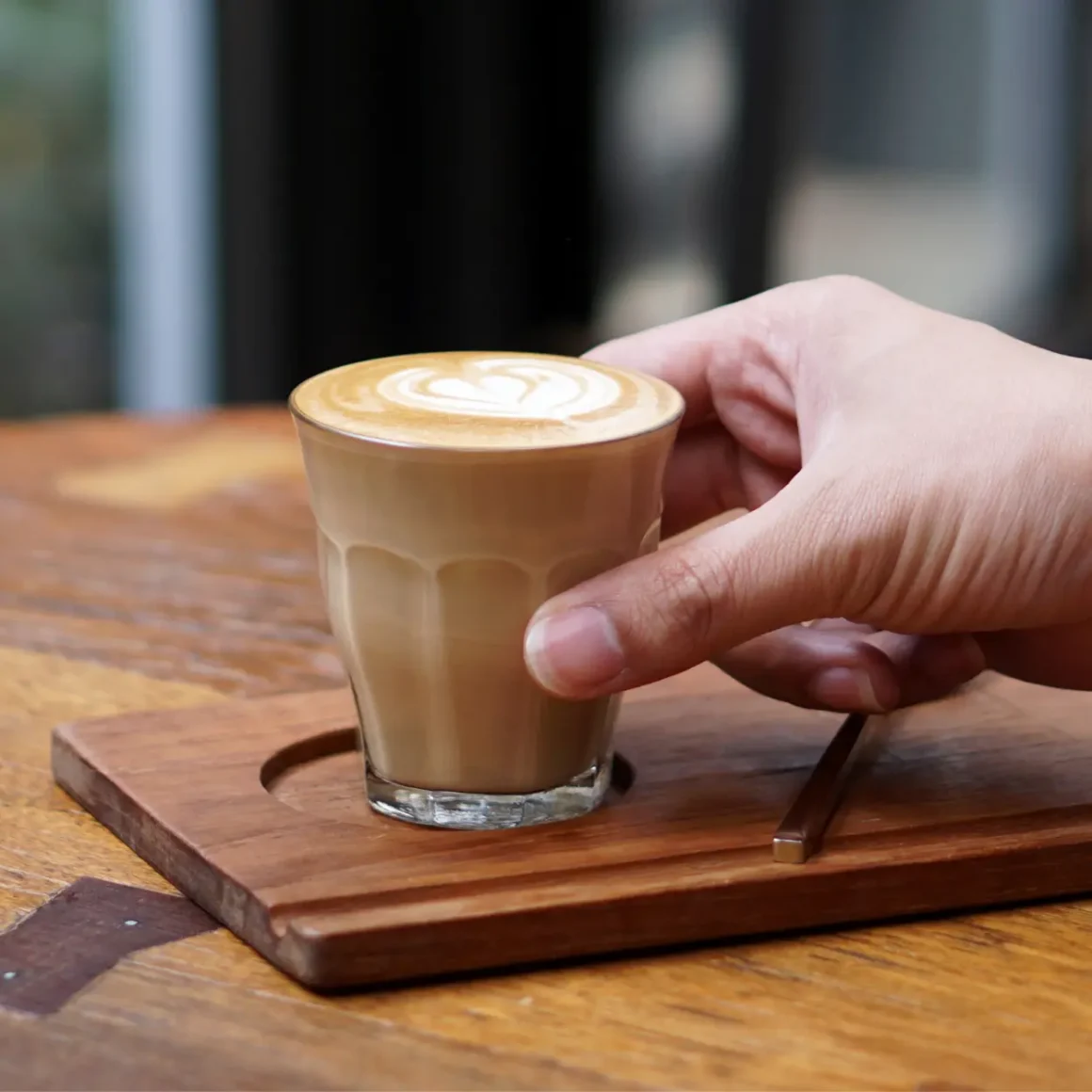
The Piccolo, with its petite stature and layered complexity, is as much about the visual experience as it is about taste. Its presentation is designed to engage and delight the customer, offering a prelude to the robust flavors that await.
Glassware and Garnishes
- Glass Choice: Traditionally served in a small latte glass or a demitasse, similar to a miniature latte glass.
- Layer Visibility: The clear glass is essential for showcasing the layered espresso and milk effect.
- Minimalist Garnishing: Rarely garnished, focusing on the visual appeal of the espresso’s crema against the frothy milk.
Piccolo as an Aesthetic Delight
- Minimalist Beauty: The allure of a Piccolo lies in its minimalist aesthetic, making it more than just a drink, but a statement piece.
- Visual Appeal: The pleasing visual gradient of coffee topped with a band of milk and a frothy head engages the eye.
- Invitation to Admire: The delicate size of the glass invites a moment of pause to appreciate the drink’s artistry before indulging.
Cortado’s Presentation
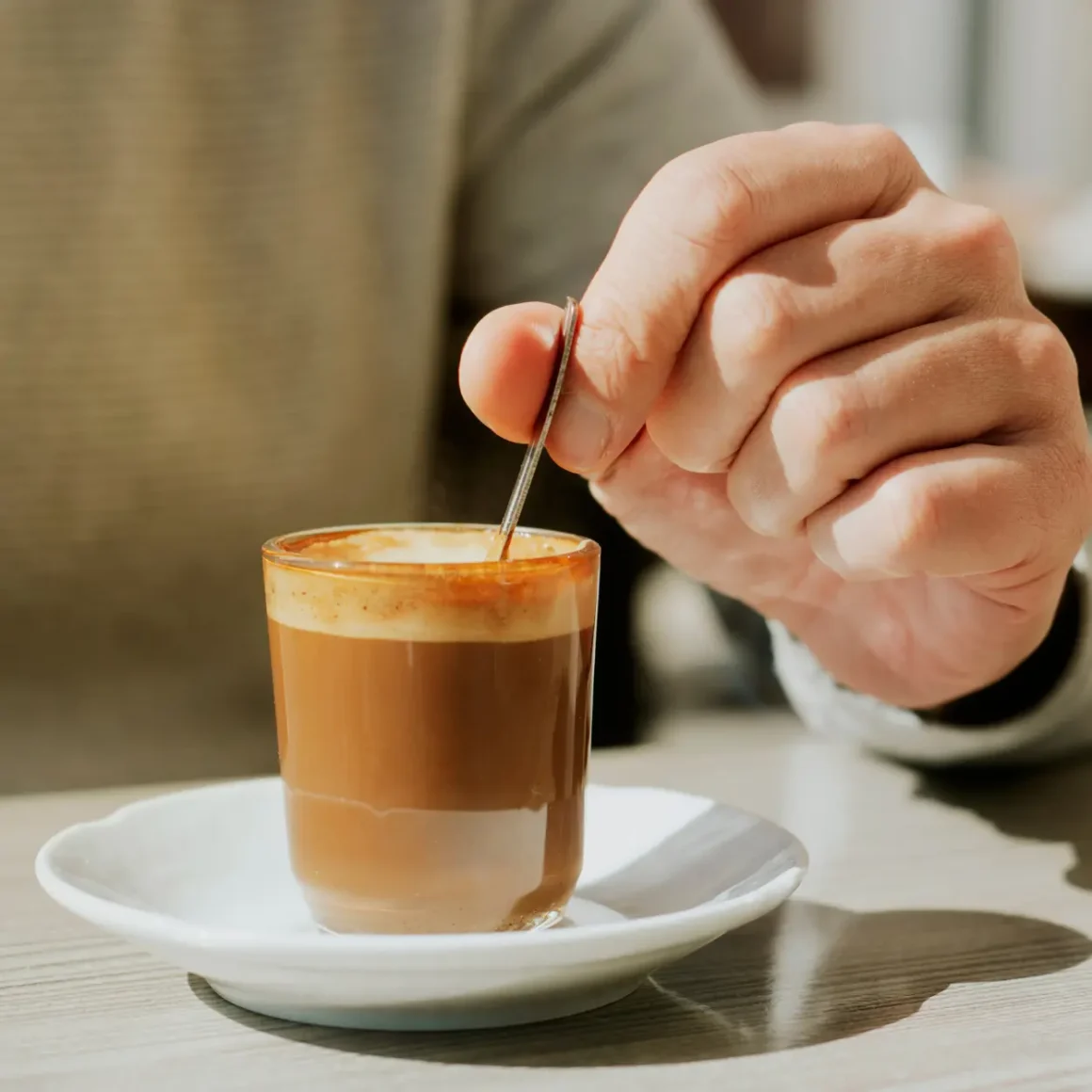
In contrast to the Piccolo, the Cortado’s presentation is all about understated elegance and a focus on the harmony of its ingredients. Its serving style is a nod to the traditional, where simplicity is celebrated and the coffee itself is the star.
Simplicity and Elegance
- Epitome of Elegance: A Cortado epitomizes simplicity and elegance in its presentation.
- Perfect Ratio Glassware: Typically served in a special Cortado glass designed to hold the perfect coffee-to-milk ratio.
- Balance Emphasis: This minimalism doesn’t detract from the drink but emphasizes the balanced nature of the Cortado.
The Beauty of a Cortado Cup
- Sized to Perfection: The traditional Cortado cup is designed to be the precise size needed for the drink, larger than an espresso cup but smaller than a standard coffee mug.
- Complementary Design: Its size strikes a delicate balance that complements the Cortado’s distinct character.
- Weighted for Comfort: Often heavier at the bottom for a satisfying feel in hand and to retain the coffee’s warmth.
In both cases, the choice of glassware and the manner of presentation are not arbitrary. They are considered and intentional, designed to bring out the best in these sophisticated coffee experiences. Whether it is the transparent charm of the Piccolo or the understated chic of the Cortado, the presentation plays a crucial role in the enjoyment of these specialty coffees.
Unique Piccolo Variations to Try
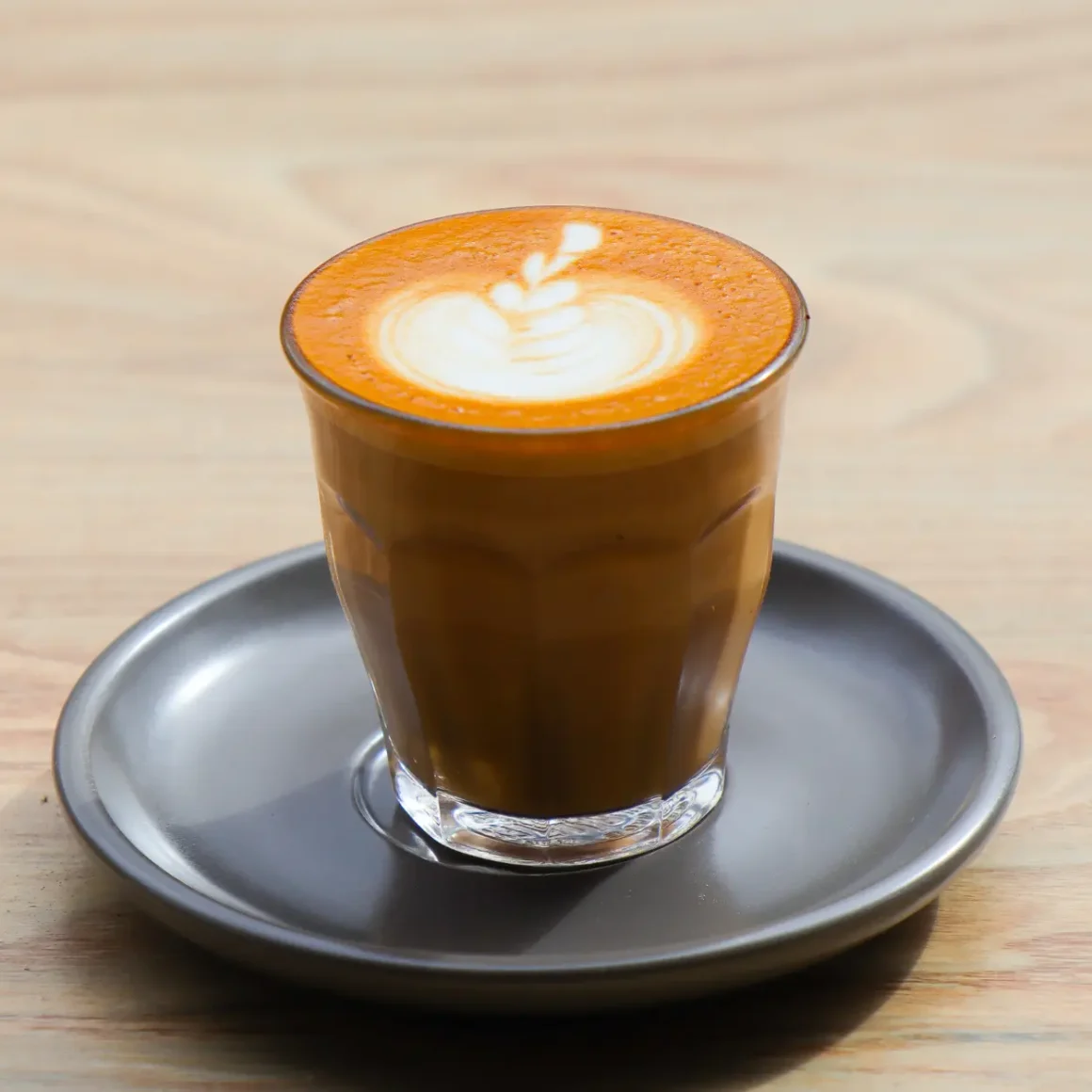
The Piccolo, with its deep espresso roots complemented by a touch of milk, may be simple, but it’s a canvas for a multitude of variations. These iterations can range from subtle tweaks to transformative flavor additions, proving that even the smallest adjustments can significantly impact the overall experience.
Piccolo Variations Around the World
Exploring Piccolo variations around the world uncovers how different cultures interpret this espresso-based classic:
- Italy: In its homeland, the Piccolo often sticks to tradition, but you might find subtle changes such as the use of different espresso roasts to alter the flavor profile.
- Australia: Down under, the Piccolo latte has a more pronounced presence of milk, reflective of Australians’ love for milk-based coffee beverages.
- Scandinavia: Here, you might encounter a Piccolo that uses lighter roasts, offering a more floral and fruity profile to the drink.
Customizing Your Piccolo
When customizing your Piccolo, personal preferences play a pivotal role, and the possibilities are nearly endless:
- Alternative Milks: Introducing almond, soy, or oat milk can give your Piccolo a vegan twist and add unique flavors.
- Flavor Syrups: A dash of vanilla, caramel, or hazelnut syrup can sweeten the Piccolo for those with a sweet tooth.
- Spices: A sprinkle of cinnamon or cocoa can add a spicy or chocolatey note, giving the Piccolo a warm, aromatic quality.
Regional Influences on Piccolo
The regional influences on Piccolo highlight how local tastes and traditions can shape the character of this beloved coffee drink:
- Latin America: A Piccolo might be infused with dulce de leche for a sweet, caramel-like flavor popular in many Latin American desserts.
- Asia: In some Asian countries, you may find a Piccolo served with condensed milk, adding a thick, sweet layer that contrasts with the strong espresso.
- Middle East: A hint of cardamom or rosewater could be included, introducing a Middle Eastern twist that adds a fragrant edge to the drink.
Each variation of the Piccolo not only adds a new dimension to the beverage but also tells a story of the local culture and palate preferences. Whether it’s through the type of milk used, the addition of syrups and spices, or the influence of regional flavors, the Piccolo can be a different experience from one place to another, or even from one coffee shop to the next.
Exploring Cortado Variations
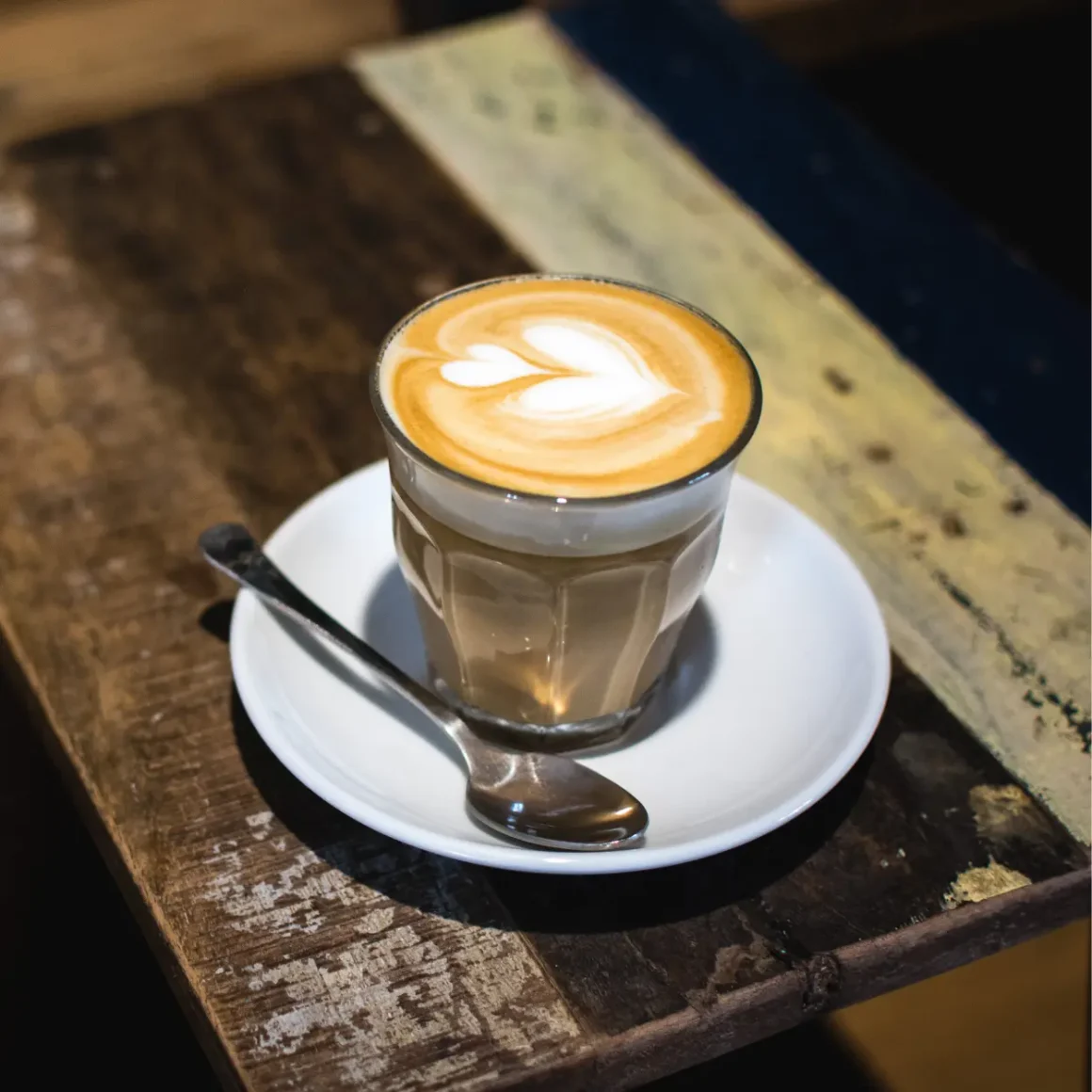
The Cortado, known for its perfect balance of espresso and steamed milk, is a beloved staple in coffee cultures worldwide. Its straightforward composition makes it an ideal foundation for a variety of adaptations, allowing coffee aficionados and baristas to infuse it with local flavors or innovative twists.
Popular Cortado Twists
Discovering popular Cortado twists reveals how simple changes can transform the essence of the drink:
- Flavored Cortado: Introducing syrups like vanilla, caramel, or even seasonal pumpkin spice can offer a dessert-like experience, enhancing the natural richness of the coffee.
- The Cortadito: A Cuban take on the Cortado often includes a spoonful of sweetened condensed milk, adding a luxurious sweetness to the bold espresso.
Regional Preferences for Cortado
Cortados are adapted regionally, reflecting the local palate and coffee culture:
- Spain: Here, the Cortado stays true to its roots, with a no-frills approach, often enjoyed as a digestive after a meal.
- San Francisco’s Signature: The Gibraltar, a unique coffee blend, originated in San Francisco’s vibrant coffee scene, where pioneering establishments like Blue Bottle Coffee Company and Ritual Coffee Roasters introduced it using the eponymous “Gibraltar” Libbey glasses.
- North America: The preference might lean towards larger servings or the addition of alternative milks, like almonds or oats, to cater to dietary preferences and trends.
Creative Cortado Recipes
Baristas and at-home coffee enthusiasts have devised creative Cortado recipes that push the boundaries of this classic:
- The Matcha Cortado: Incorporating matcha powder for a tea-coffee fusion that provides an antioxidant boost along with a caffeine kick.
- The Boozy Cortado: Adding a shot of liqueur, such as Baileys or Kahlúa, can turn the Cortado into a sophisticated after-dinner drink.
- The Spiced Cortado: As previously discussed, experimenting with spices like cardamom, nutmeg, or clove can introduce a new aromatic dimension to the coffee, perfect for the cooler months. To learn more about the exciting fusion of spices and coffee, check out our article on spicy coffee.
Whether sticking to the classic preparation or venturing into more experimental territory, the Cortado serves as a versatile base for countless variations. Each twist not only enhances the drinking experience but also bridges the gap between traditional coffee culture and modern, creative expression.
Conclusion
In conclusion, the debate of cortado vs piccolo is more than just a comparison of two espresso-based beverages; it’s a foray into a world of nuanced flavors, meticulous preparation techniques, and cultural significance. Whether you prefer the robust, pronounced essence of a Piccolo or the smooth, harmonious blend of a Cortado, both drinks offer a unique experience for the palate. The exploration of these coffees is not just about the taste but also about understanding the craft behind each cup. So the next time you find yourself contemplating a choice between the two, remember that each sip carries the legacy of its origins and the art of its creation, making every coffee encounter a journey worth savoring.
FAQ
What's the origin of the Cortado?
The Cortado originated in Spain and is a popular coffee drink throughout Spanish-speaking countries.
Can you add syrups to a Piccolo or Cortado?
Syrups can be added to both Piccolo and Cortado for a personalized flavor profile.
Which garnishes complement Piccolo and Cortado?
A light dusting of cocoa or cinnamon can complement both Piccolo and Cortado without overpowering them.
How do I choose the right espresso shot for my palate?
Choosing the right espresso shot involves experimenting with different beans and roast levels to find the balance of acidity, bitterness, and body that suits your taste.
